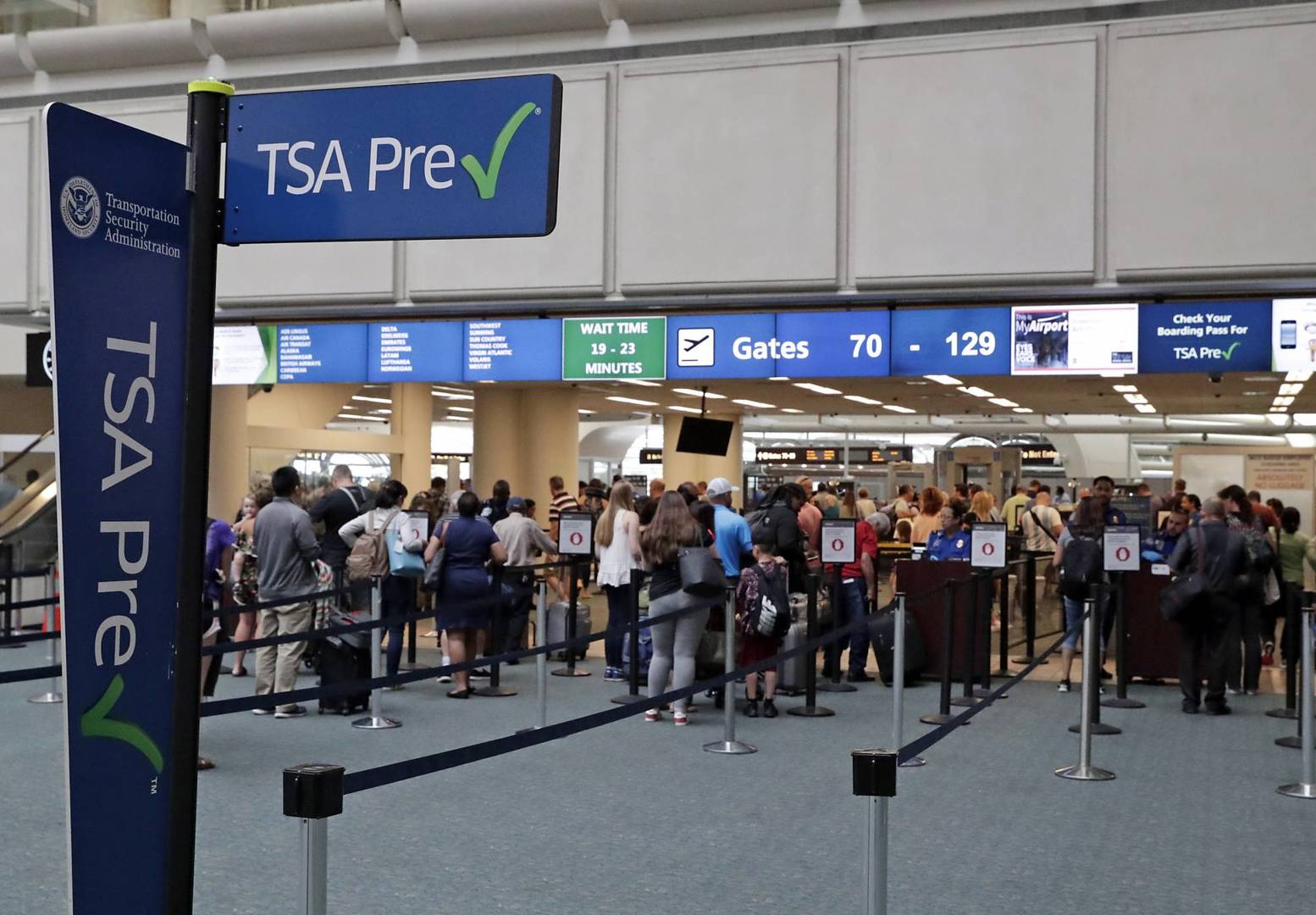Sponsored by Granicus
Real-time feedback is central to FDA’s upcoming goals for customer experience
The Food and Drug Administration is looking to reach better customer experience by focusing on employee satisfaction and more consistent feedback loops.
Whether it’s in ensuring the safety of food, pharmaceutical drugs or medical devices, the Food and Drug Administration’s Office of Digital Transformation is putting together plans to improve customer experience as a whole.
First launched in September 2021, FDA’s Office of Digital Transformation aims to set the agency’s vision in information technology, data, cybersecurity and ultimately, customer experience.
But for Josh Lehman, FDA’s director of user experience, enhancing the agency’s technology and services to the public starts with thinking internally about the employees who do the work every day.
“The big area that we’ve been focusing on is really improving our internal customers and the employees’ experience to give them the ability to drive and help with the mission,” Lehman said in an interview with Federal News Network. “If you can have happy employees, then they’re going to provide a better service. If you reverse that and just focus on external first, you start to have an issue with being able to maintain quality.”
More recently, Lehman said, FDA’s employee engagement goals have matured to the point that the agency can now set bigger expectations for improving customer experience.
“We’re actually starting to look at some external customer experience areas and are going to be continuing down that path for the foreseeable future,” Lehman said.
After focusing first on employee satisfaction, Lehman said he’s looking to reach that next level of engagement with the public through any means — virtual, kiosk, chat, phone or in person. But whether it’s internally with employees or externally with customers, the throughline is all about improving communication and creating feedback loops.
“Having the opportunity to have that type of real-time feedback, whether it’s a virtual meeting or even an in-person meeting with various stakeholders, I think it is still an incredible feedback loop,” Lehman said. “It’s not something that obviously scales incredibly easily, but I think that is an area that’s really still important for us to maintain.”
To reach better feedback loops, Lehman said he has pivoted his team’s operations and now uses a “rolling-wave planning” strategy, which is centered on constant communication. The goal is to try to keep the ball rolling on IT modernization efforts, as well as improvements to customer experience — and the two often go hand in hand.
Currently, FDA is working on several modernization initiatives to handle submissions from the public and help drive more real-time feedback, Lehman said. For example, in the coming months, the Office of Digital Transformation is looking to develop an automated chat system to give users more self-service options. That will then free up time for FDA employees to handle other communication priorities.
“We want to have that as a capability, having some capability of interacting with something that’s more real-time, rather than the areas that we have now that are much more focused on, for instance, emailing somebody a question,” Lehman said.
More broadly, FDA is also in the process of collecting feedback from the public on how to develop its data and technology strategic plan. Earlier this year, the agency posted a request on the Federal Register to gather that input from customers and stakeholders. Specifically, FDA asked for feedback on data and technical capabilities that would aid the agency’s approach to modernization, as well as potential opportunities and risks that could arise during the development and execution of the strategic plan.
To develop the new strategy, FDA said it plans to take an “iterative approach” starting with gathering input, then sharing a draft of the strategic plan for comment and finally considering stakeholder inputs before publishing the final version of the strategic plan.
For Lehman, having that feedback come full circle is essential for better modernization strategies — and improved customer experience — going forward.
“If you just think historically, we wind up developing things based off of what we think people are looking for,” Lehman said. “Without that feedback loop, we wind up having their expectations not met, and then people getting really frustrated.”
The Federal Register request is just one example, though, and scaling up the use of real-time feedback, especially in communications with the public, will be a heavy lift. But Lehman said he is considering recent past examples of “omnichannel” approaches to customer experience.
For example, years ago, FDA partnered with the Department of Agriculture (USDA) and the Centers for Disease Control and Prevention (CDC) to create foodsafety.gov, a website aiming to provide more detailed, streamlined and up-to-date information on the safety and security of food from all three agencies.
“Rather than trying to have a person understand what the boundaries are for a specific agency, we put it together and made it a front-facing omnichannel approach to getting the data that people are really looking for,” Lehman said.
That collaborative approach is something that Lehman is now looking to take to scale as FDA considers ways to make its public information more accessible, digestible and findable.
“It’s a really good example that we want to look at as striving for more often,” Lehman said. “It’s certainly an area that hits that right need for CX. Rather than staying within our boundaries, it’s really moving towards what that expectation is from a customer.”
Copyright © 2025 Federal News Network. All rights reserved. This website is not intended for users located within the European Economic Area.
Drew Friedman is a workforce, pay and benefits reporter for Federal News Network.
Follow @dfriedmanWFED






